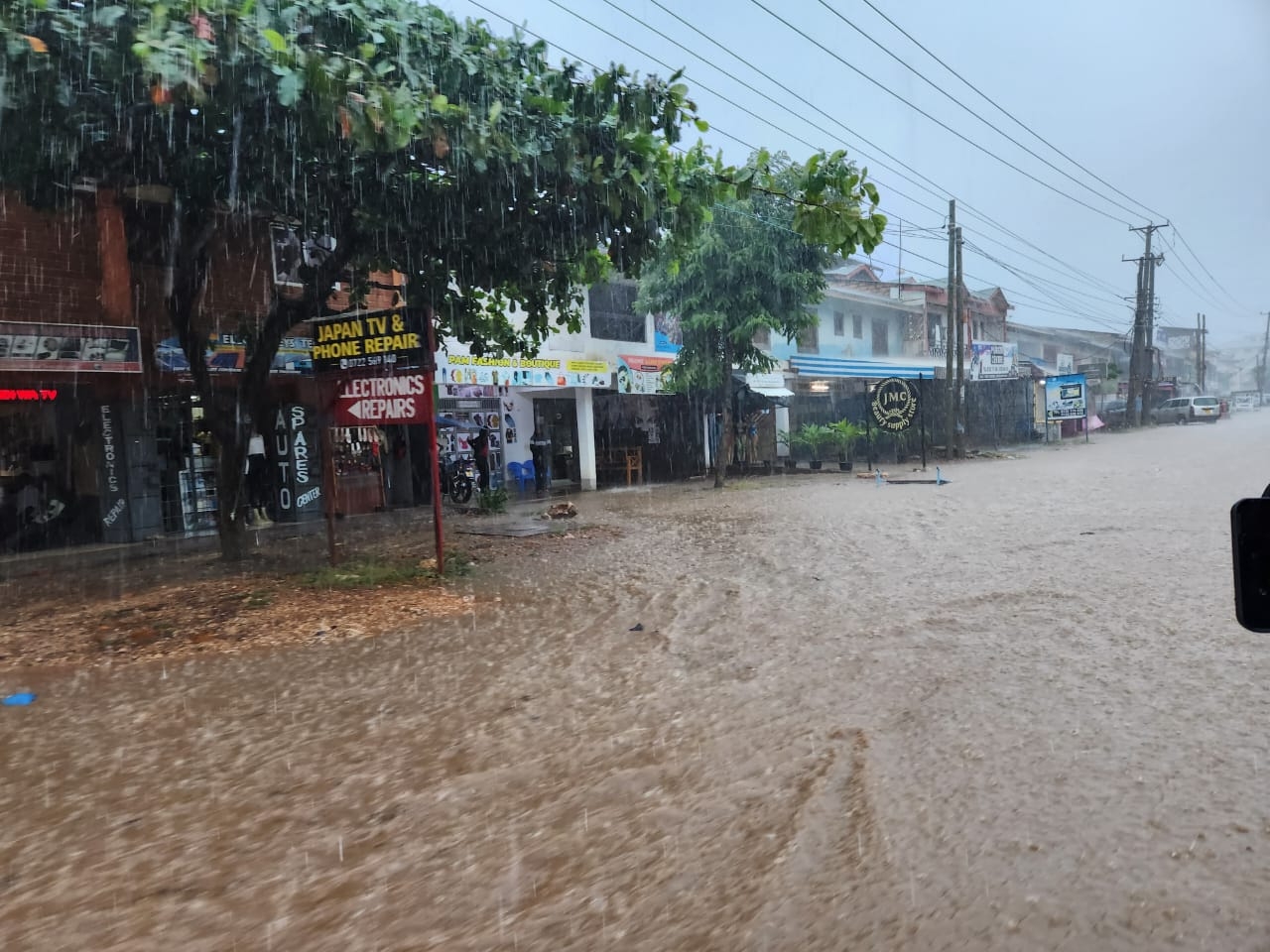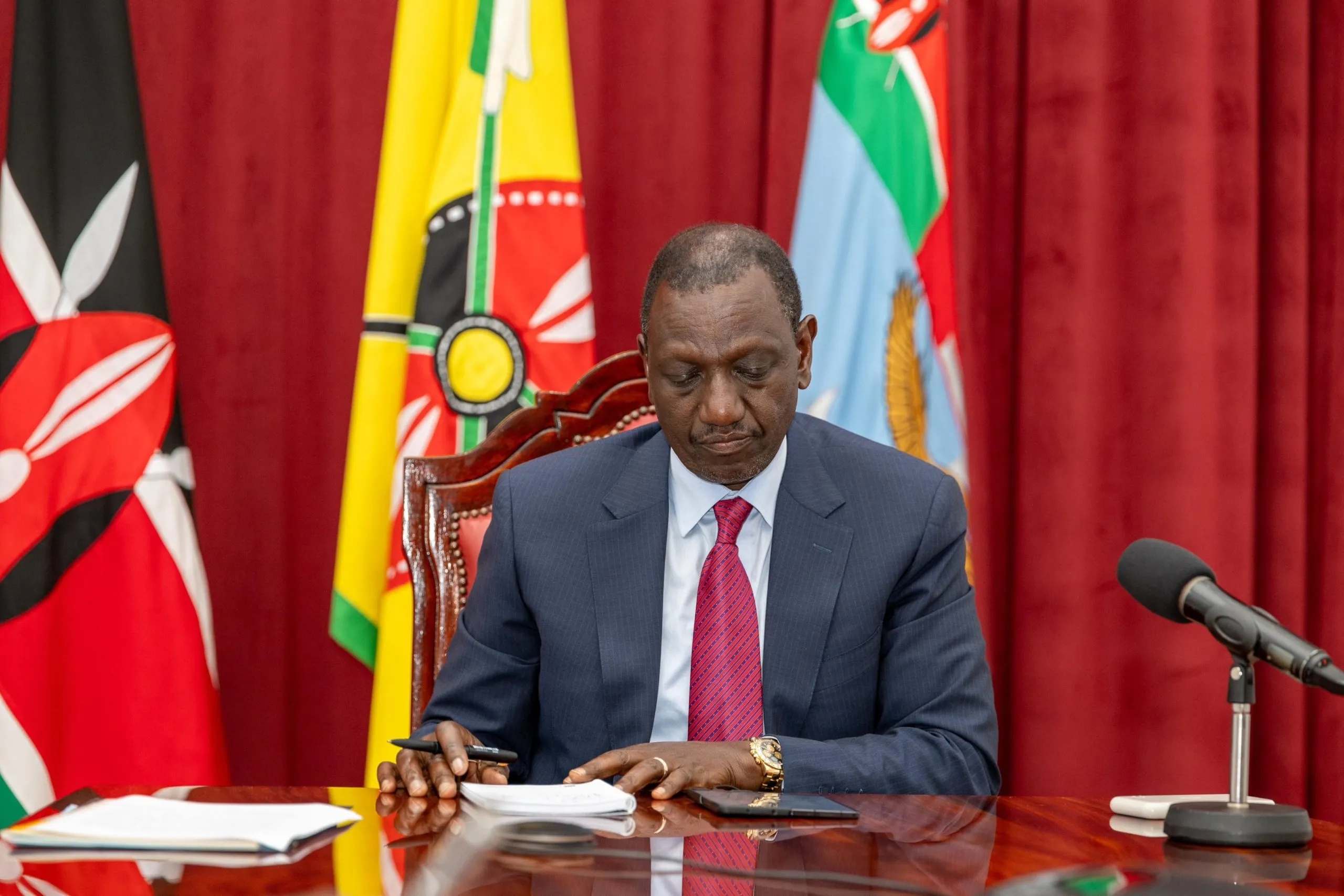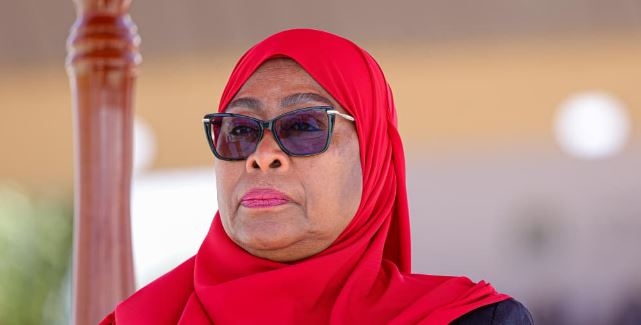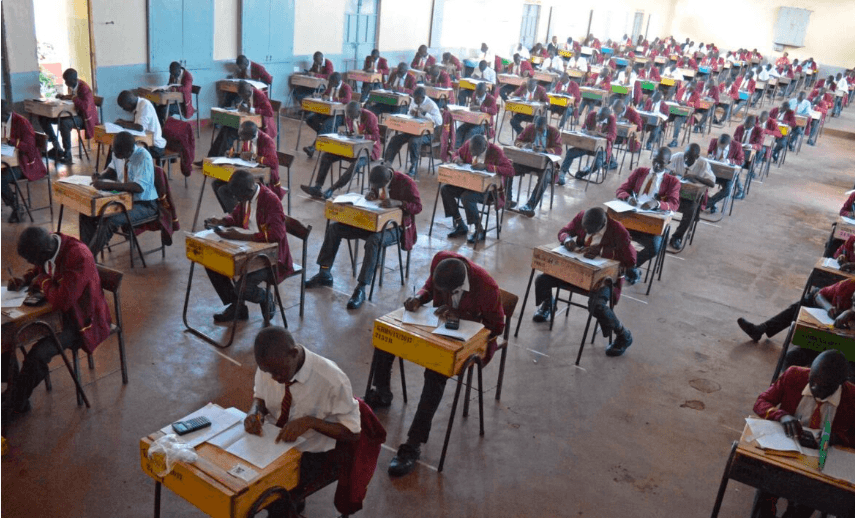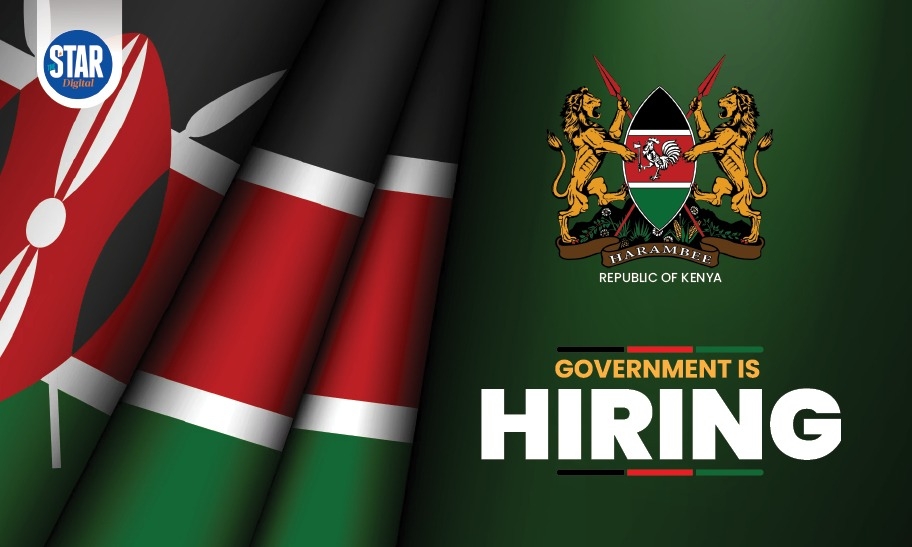Education Cabinet Secretary Ezekiel Machogu has asked tertiary institutions to familiarise themselves with the Kenya Credit Accumulation and Transfer System.
The Kenya Credit Accumulation and Transfer System (KCATS) is a setup that allows learners to transfer academic points from one course or university to another in pursuit of higher education.
The CS said it will assist the training institutions in making informed decisions about their programs.
Machogu made the remarks during the release of results slips, certificates, and November/December 2023 assessment results by TVET CDACC at Kenya School of TVET.
A total of 30,204 result slips, 846 National Certificates, and 129 Certificates of Competency across the assessment levels were released to the trainees.
He noted that through the KCATS, the ministry envisages easing the movement of learners between and within various programs, institutions, and levels of qualifications.
What you need to know about KCATS
KCATS is designed to be used by TVET colleges and universities to monitor, record, and reward passage through modular certificate, Diploma, and degree courses and to facilitate movement between levels, courses, and institutions.
The KCATS system was introduced in 2018, within the Kenya National Qualifications Framework, to improve student mobility across different levels and institutions of learning.
KCATS is the national credit transfer system for all levels of qualifications and aims to promote lifelong learning in the country.
The definition of credits in higher education systems is usually based on parameters, such as student workload, learning outcomes, or contact hours.
The allocation of KCAT credits is based on the official length of a study program cycle.
One credit is equivalent to 10 notional hours of study.
The total workload necessary to obtain an artisan certificate is six months or 60 credits, Craft Certificate is one year which is 120 credits, a Diploma is 2 to 3 years which is 240 to 360 Credits, a Bachelor’s degree is officially four to six years is expressed as 480 to 700 credits.
Credits in KCATs can only be obtained after completion of the work required and appropriate assessment of the learning outcomes achieved.
The KCATs grading scale ranks the students on a statistical basis.
Therefore, statistical data on student performance is a prerequisite for applying the KCATS grading system.
Grades are assigned among students with a pass grade as follows:
Marks Grade GPA
a. 70% and above A 4
b. 60-69% B 3
c. 50-59% C 2
d. 40-49 % D 1
e. Less than 40 Fail
Among the requirements for credit transfers is that no more than 49 per cent of credits shall be transferred from one level to another.
For example, a student who gets a distinction at the certificate level shall be allowed to join Diploma programs in year two if credits transferred are not more than 49 per cent of the Diploma program.
Also, no credit shall be transferred for core courses of a program.
Credits shall only be transferred from courses that were taken within the last four years.


